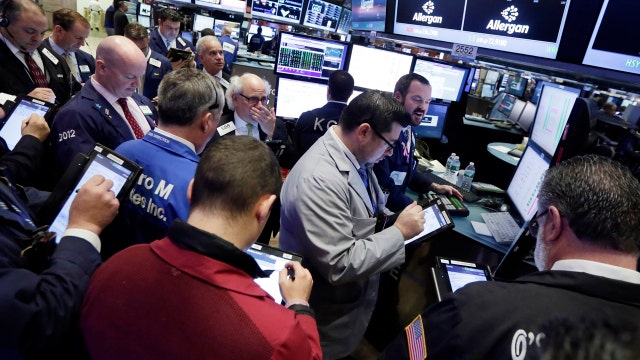The A-B-Cs of ETFs
If a mutual fund had a younger cousin, it would be an exchange traded fund (ETF).
An ETF is like a mutual fund in that it offers investors a pooled investment in stocks, bonds, and other assets. But that’s where the similarities end.
You can buy and sell ETFs any time during the trading day. But with mutual funds, you have wait until after the market closes.
“There are advantages and disadvantages to that,” says Drew Voros, Editor-in-Chief at ETF.com. “When trading ETF’s, you can get out any time you want. Back in 2007 with mutual funds, people had to wait for the markets to close and there were a lot of losses throughout the day. Some people felt trapped.”
Unlike a mutual fund, you can purchase ETF shares through a brokerage account on margin or short sell them as you would with a stock. This means you typically pay a commission with each transaction.
Just like a stock, ETF’s have a “spread.” The “spread” is difference between the price you pay to acquire a security and the price at which you can sell it. ETF.com says the spread can vary from one penny to many dollars for ETF’s.
In general, ETF’s are less costly compared to mutual funds because of the way shares are created and redeemed. As most ETF’s track indexes, they are also passively managed. This means limited participation from a fund manager and less administrative costs.
ETF’s also have tax benefits.
“When a mutual fund investor asks for money back, the mutual fund company must sell the securities to raise the cash to meet that redemption,” says Voros. “When an individual wants to sell an ETF; it’s simply sold to another investor like a stock.”
ETF's disclose their holdings on regular basis; while mutual funds disclose their holdings quarterly - with a 30 day lag.
From Chinese tech stocks to high-yield bonds - ETF’s give investors exposure to virtually every area of the market. The Investment Company Institute says a majority of ETF’s track indexes such as the S&P 500 (NYSE:SPY).
“If you don’t have time to research a specific stock, you can get broad exposure to any industry,” says Nancy Tengler, Chief Investment Officer of Heartland Financial USA. “It’s much easier in a bull market period to be invested in exchange traded funds because you’re going to get what the index gives you.”
BlackRock (NYSE:BLK) says total global assets for exchange traded products were $3.1 trillion as of March 31st – with over 5,900 offerings.
Martin Small, Managing Director at BlackRock, Head of U.S. iShares business says ETF‘s can be an attractive investment option for people saving for their later years.
“Some people are concerned they won’t be able to live comfortably in retirement or have too much cash because they are saving. One of the things they can do is use low cost, easy to buy and sell exchange traded funds for the basic building block of any retirement portfolio.”
This is the third in a series of articles that will appear weekly during April; National Financial Literacy month.
Linda Bell joined FOX Business Network (FBN) in September 2014 as an Assignment Editor after more than a decade at Bloomberg News. She is an award-winning journalist/writer of personal finance content. You can follow her on Twitter @lindanbell.




















